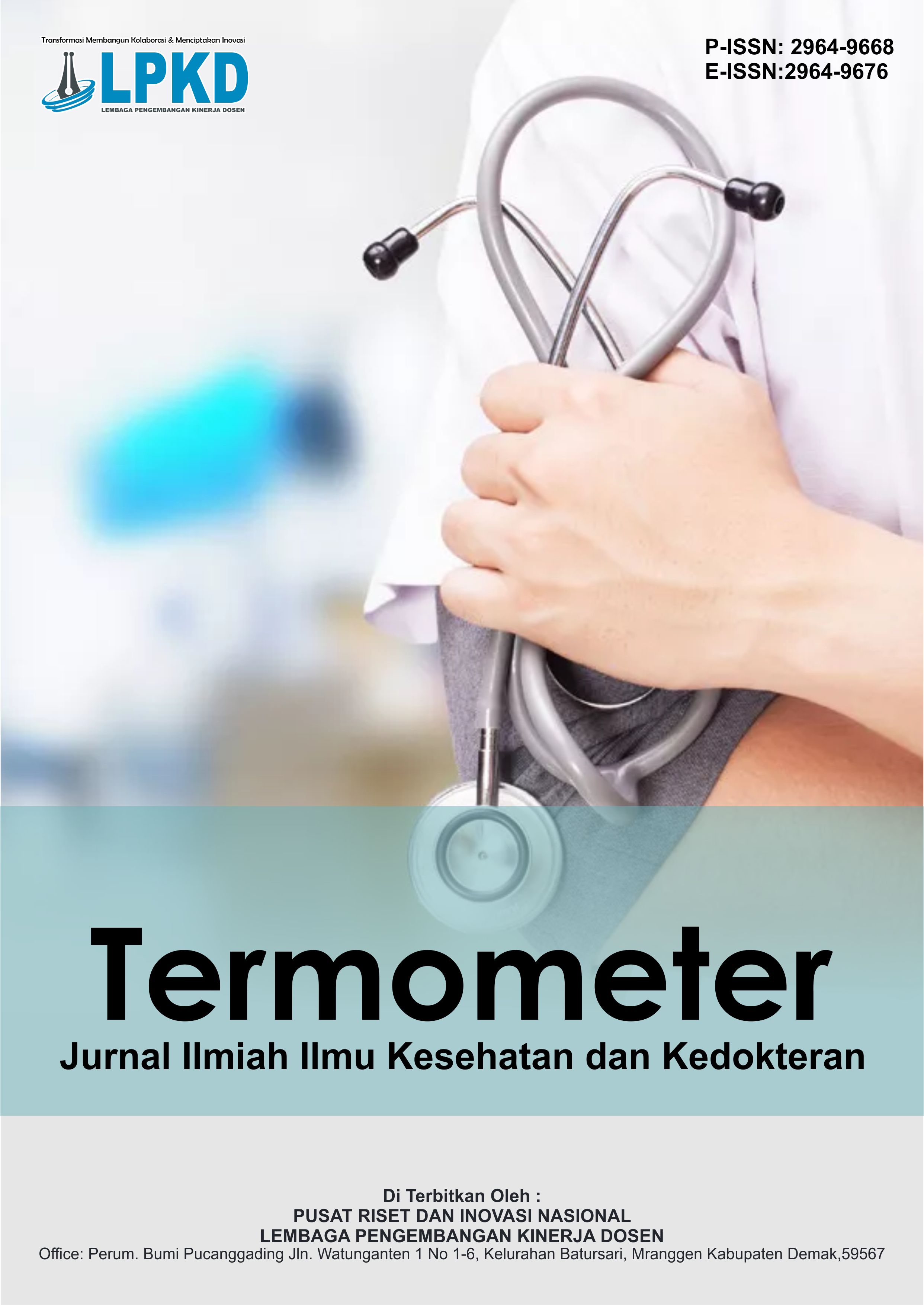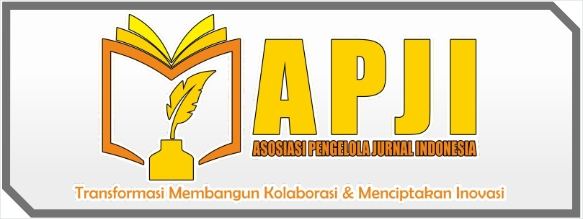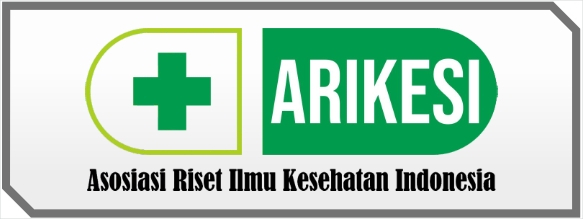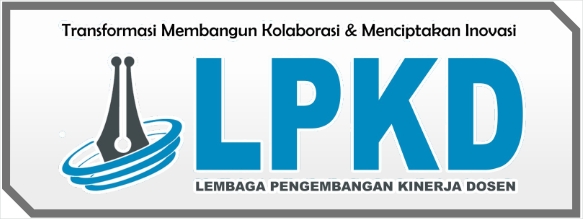The Impact of Physical Environmental Quality in Playgroups on the Health of Young Children
DOI:
https://doi.org/10.55606/termometer.v3i3.5408Keywords:
child health, Physical environment, playgroupAbstract
Background: The health of early childhood is significantly influenced by the environment in which they grow and learn, including the physical environment of playgroups. An unhealthy environment can increase the risk of health problems such as respiratory infections, diarrhea, and skin disorders. This study aims to analyze the influence of the physical environment quality in playgroups on the health status of young children. Methods: This research employed a quantitative design with a descriptive correlational approach. A total of 32 children and their learning environments were selected using total sampling from KB Ar Rosyada, Lawang Wetan District, Banyuasin Regency. Data were collected through observations and interviews using physical environment assessment instruments and health status records of the children. Bivariate analysis was performed using the Spearman correlation test. Results: Most components of the physical environment were categorized as good, particularly ventilation (62.5%), cleanliness (65.6%), and sanitation (59.4%). A total of 62.5% of the children were found to be in good health without complaints. The analysis revealed a significant relationship between ventilation quality (p = 0.003), cleanliness (p = 0.002), and sanitation (p = 0.005) with the children’s health status. Lighting (p = 0.021) and temperature-humidity (p = 0.034) also showed significant associations, although with weaker correlations. Conclusion: Good physical environment quality has a significant influence on the health of early childhood. Improving and maintaining the physical environment of playgroups is crucial as a promotive and preventive strategy to enhance child health outcomes.
Downloads
References
Badan Penelitian dan Pengembangan Kesehatan. (2018). National Report of Basic Health Research (Riskesdas) 2018. Jakarta: Ministry of Health, Republic of Indonesia.
Bronfenbrenner, U. (1979). The Ecology of Human Development. Harvard University Press.
Herlina, R., Putri, R. D., & Rahmawati, S. (2021). Sanitation Facilities and Diarrheal Incidents in Early Childhood Education in Bandar Lampung City. Journal of Environmental Health Science, 13(2), 87–93.
Kusuma, W., & Lestari, A. (2022). Analysis of Thermal Comfort in Early Childhood Classrooms on Children's Activity. Journal of Environmental Architecture, 4(1), 23–30.
Mardiana, E., & Subekti, S. (2021). Relationship between School Sanitation and Diarrheal Incidence in Preschool Children. Public Health Journal (Kesmas), 16(1), 78–84.
Montessori, M. (1967). The Discovery of the Child. Ballantine Books.
Nasution, L., & Syafruddin, A. (2020). Physical Environmental Quality of Schools and Health Complaints among Early Childhood in Medan City. Scientific Journal of Public Health, 12(1), 45–52.
Notoatmodjo, S. (2018). Health Promotion and Behavioral Sciences. Jakarta: Rineka Cipta.
Nugroho, T. & Rachmawati, Y. (2020). Relationship Between Physical Environmental Factors and ARI Incidence in Early Childhood Education. Indonesian Journal of Environmental Health, 19(2), 94–100.
Oktaviani, N., & Rahmawati, E. (2020). The Relationship of Home Ventilation and Acute Respiratory Infections (ARI) in Toddlers. Journal of Environmental Health, 18(2), 122–128.
Ministry of Education and Culture Regulation No. 137 of 2014 concerning National Standards for Early Childhood Education.
Piaget, J. (1972). The Psychology of the Child. Basic Books.
Pramesti, D. R., et al. (2021). Relationship Between Room Lighting and Eye Health Complaints among Kindergarten Students. Early Childhood Education Journal, 9(1), 45–51.
Rea, M. S. (2000). Lighting Handbook: Reference and Application. Illuminating Engineering Society.
Sari, D., & Anggraini, F. (2019). Effect of Ventilation on Acute Respiratory Infections in Early Childhood at Kindergarten. Journal of Child Health, 7(1), 34–40.
UNICEF. (2023). Early Childhood Development: Environment and Health. Retrieved from www.unicef.org
UNICEF. (2022). Understanding the Impact of Environment on Early Childhood Development.
UNICEF Indonesia. (2022). WASH in Schools Report.
Wardani, R., & Yulianti, F. (2021). Relationship Between Physical Environment Quality in Early Childhood Education and ARI Incidence in Children. Journal of Environmental Health, 10(2), 78–85.
World Health Organization. (2018). Healthy Environments for Children – Every Child Deserves a Healthy Start.
World Health Organization. (2021). Indoor Air Quality Guidelines: Household Fuel Combustion.
Downloads
Published
How to Cite
Issue
Section
License
Copyright (c) 2025 Termometer: Jurnal Ilmiah Ilmu Kesehatan dan Kedokteran

This work is licensed under a Creative Commons Attribution-ShareAlike 4.0 International License.










